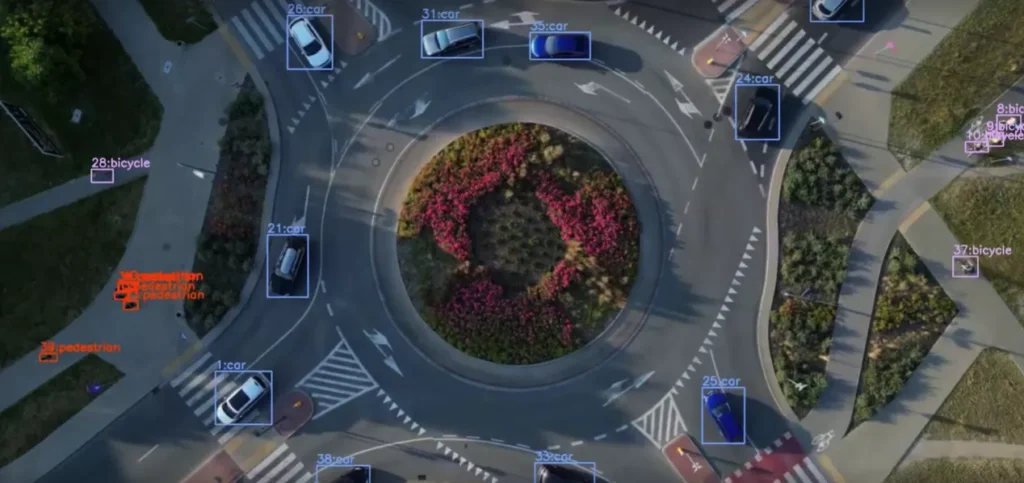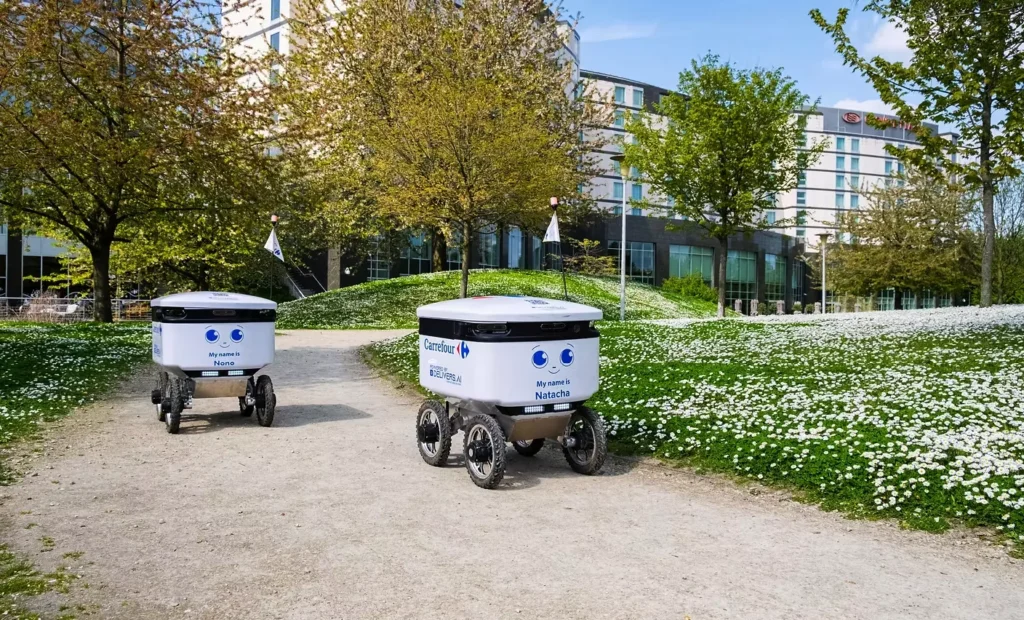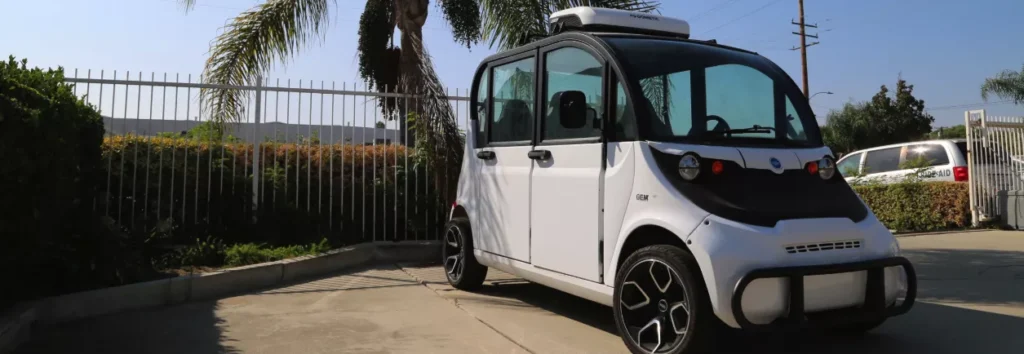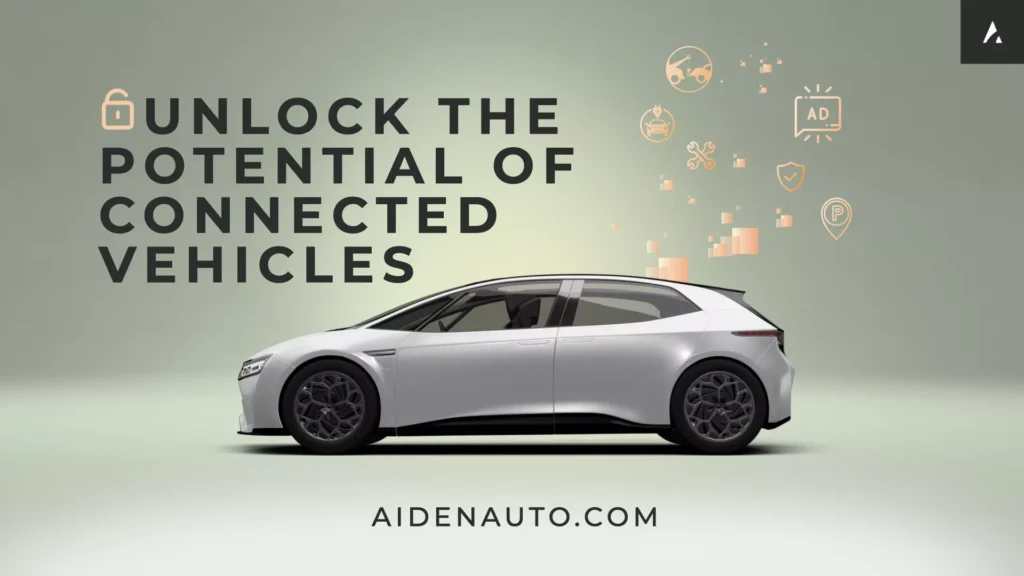










From EVs and batteries to autonomous vehicles and urban transport, we cover what actually matters. Delivered to your inbox weekly.
A new European coalition backed by EIT Urban Mobility is moving to integrate shared automated mobility into public transit systems across cities, marking a coordinated shift in how municipalities plan for transit automation.
Announced on July 3, the initiative brings together public transport organizers from multiple European cities with the goal of embedding automation into existing transit networks.
Rather than treating autonomous vehicles as a standalone service, the coalition aims to deploy them as a functional part of urban mobility infrastructure, reducing congestion, optimizing fleets, and supporting more livable city designs.
This move follows earlier pilot programs in cities like Hamburg and Pittsburgh, which tested autonomous shuttles and smart mobility zones within public transport systems. Those deployments served as early indicators of how automation could be scaled at a municipal level — not by replacing existing transit modes, but by filling operational gaps and easing last-mile bottlenecks.
EIT Urban Mobility’s involvement signals an infrastructure-first approach. The organization, funded by the European Institute of Innovation and Technology, is positioning itself as the coordination layer between policymakers, technology providers, and transport operators.
Its focus: to standardize integration frameworks, ensure interoperability, and help cities sidestep fragmented, vendor-driven rollouts.
The coalition is still in its early stages, but its formation reflects a broader industry shift: cities are no longer waiting on full autonomy. Instead, they are beginning to embed automation into public systems incrementally — building from use cases that work today, not promises for tomorrow.
That disciplined, infrastructure-aligned approach is likely to shape the next phase of automated transit deployment across Europe.